Chris Sullivan revisits what was once a den of vice, pleasure, danger and high thrills in the docklands area of Cardiff, and meets the residents who recall Tiger Bay’s glory days
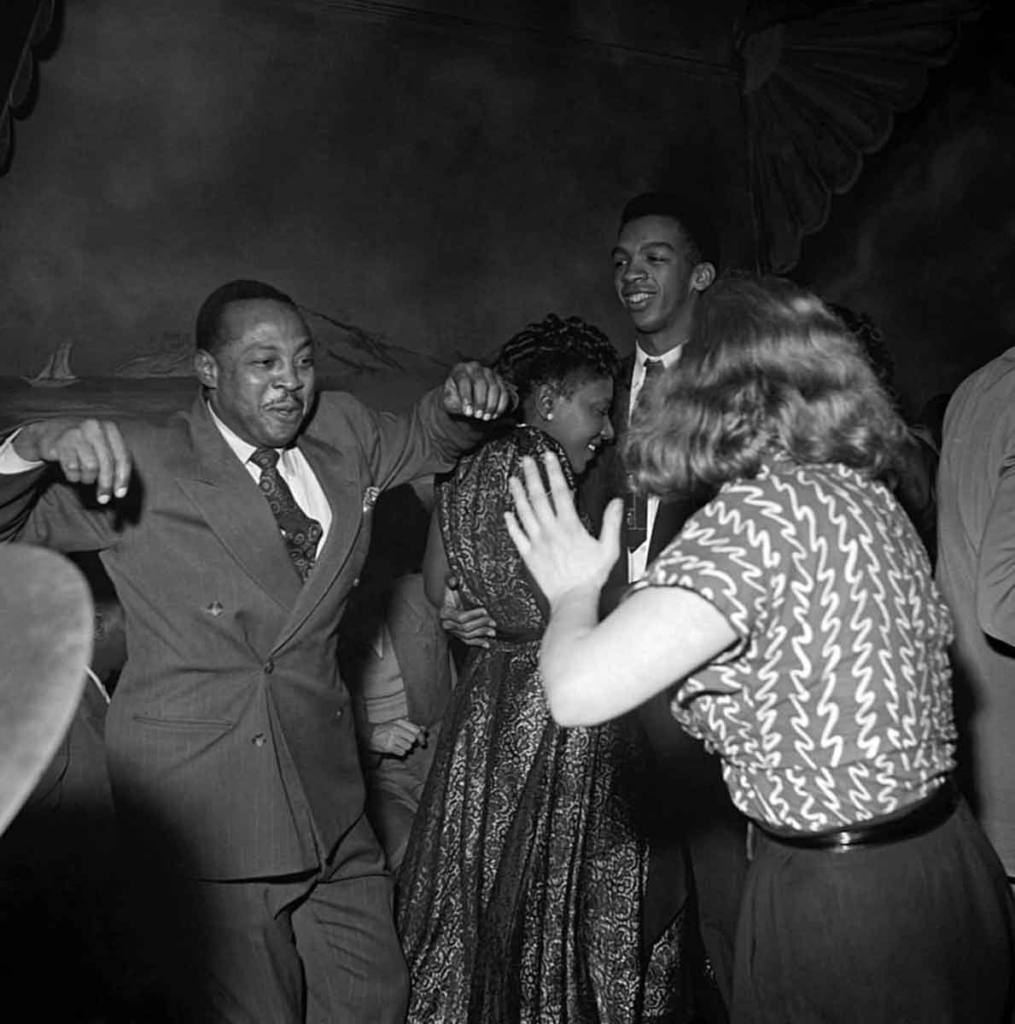
In the 19th Century, the moniker ‘Tiger Bay’ was used in popular literature and slang (especially by sailors) for any dock or seaside neighbourhood that had a notoriety for danger. But the most famous one, which spawned its most famous daughter, Shirley Bassey, is Cardiff’s Tiger Bay. Said chanteuse was born in Bute Street to a Nigerian father and Tyneside mother, but moved to the more salubrious Splott area when she was young. She never returned to the rough and tumble of the docks but used its notoriety as a badge of honour, which angered many a proper resident.
Bassey’s first hit, The Banana Boat, initially performed by Edric Connor and the Caribbeans, is a traditional Jamaican mento song whose lyrics are from the point of view of dockers working the night shift, loading bananas in Port Antonio, Jamaica. A perfectly straight line can be drawn from the Jamaican port to Tiger Bay and to Barry docks, a few miles down the road, where the bananas landed with the sailors who brought them. Even back in the 70s I recall a friend’s brother being stung by a scorpion hiding among the bananas. The Caribbean mariners would hole up in Tiger Bay while their ships were being reloaded. Some caroused, drank and brawled in the areas bars such as The Bucket of Blood, The Snakepit and The Packet Hotel.
Some spent their hard earned wages in the gambling dens and brothels of Bute Street, filled with girls who had left other parts of the UK and wanted anonymity and secrecy to ply their trade. Many mariners moved into the area after Lord Bute opened the Cardiff docks in 1839, to cope with the iron flowing out of my hometown of Merthyr Tydfil. By 1870 Cardiff was the world’s foremost iron and coal-exporting port and by the 20th Century one of the world biggest docks.
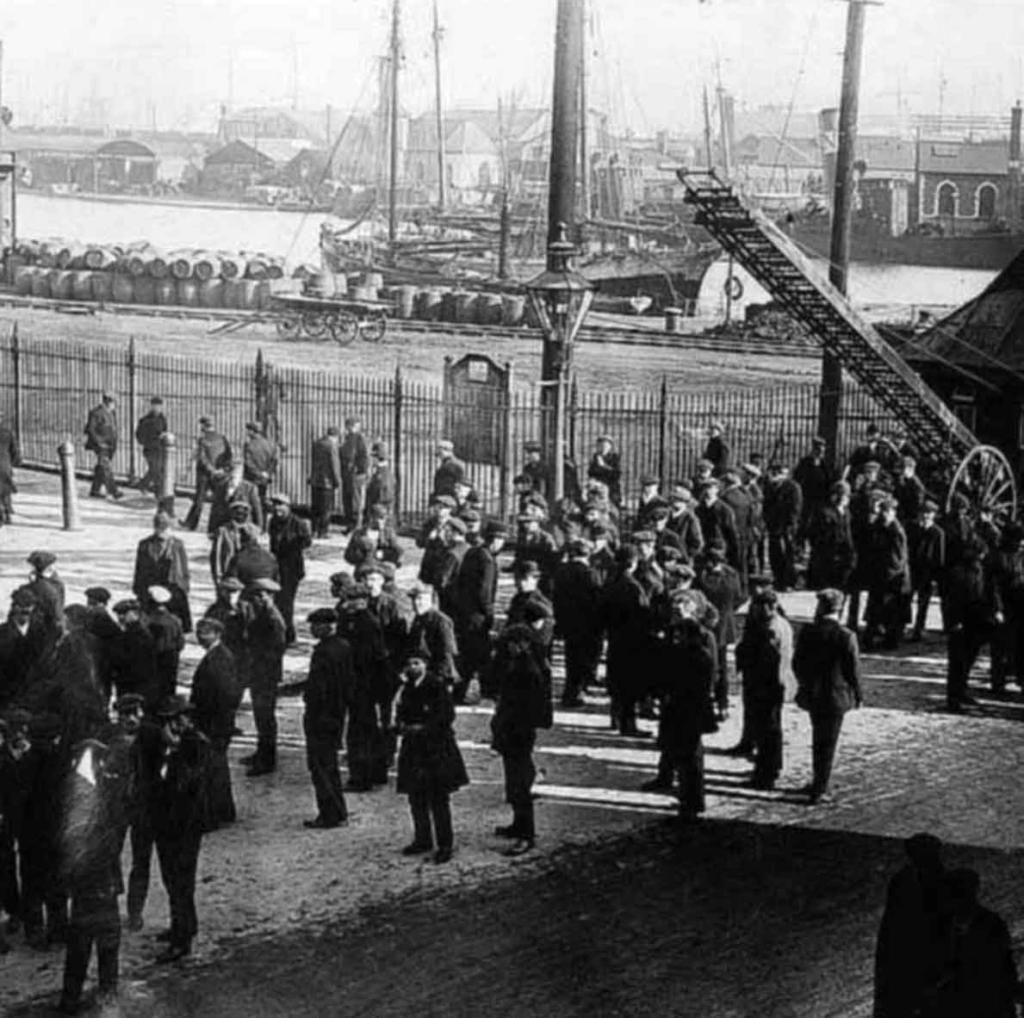
And while coal and iron went out, ships containing sugar, bananas and foreign sailors came in, bringing with them their mores, music and culture, the most infectious of which was Afro Caribbean.
“I remember when I was about 6-7 years old, reggae, mento and calypso was always playing somewhere around the area,” recalls Richard Cordle, who was born and bred in the area. “There was Mr. Bowen, who had a steel pan band made up of his children and family friends. Then you had Mr. Victor Parker, who played semi-acoustic guitar and sang jazz in a Cardiff accent in the clubs and pubs of Tiger Bay in the 1950s, 60s and 70s, and Calypso King, the flamboyant Lord Melody, was always playing somewhere, as were Pinkie Duval, Ms Leigh Ahmun, reggae artists Roots & Branches and singers Lloyd Paris and Sister Netty. There’s always been a big black music scene in The Bay.”
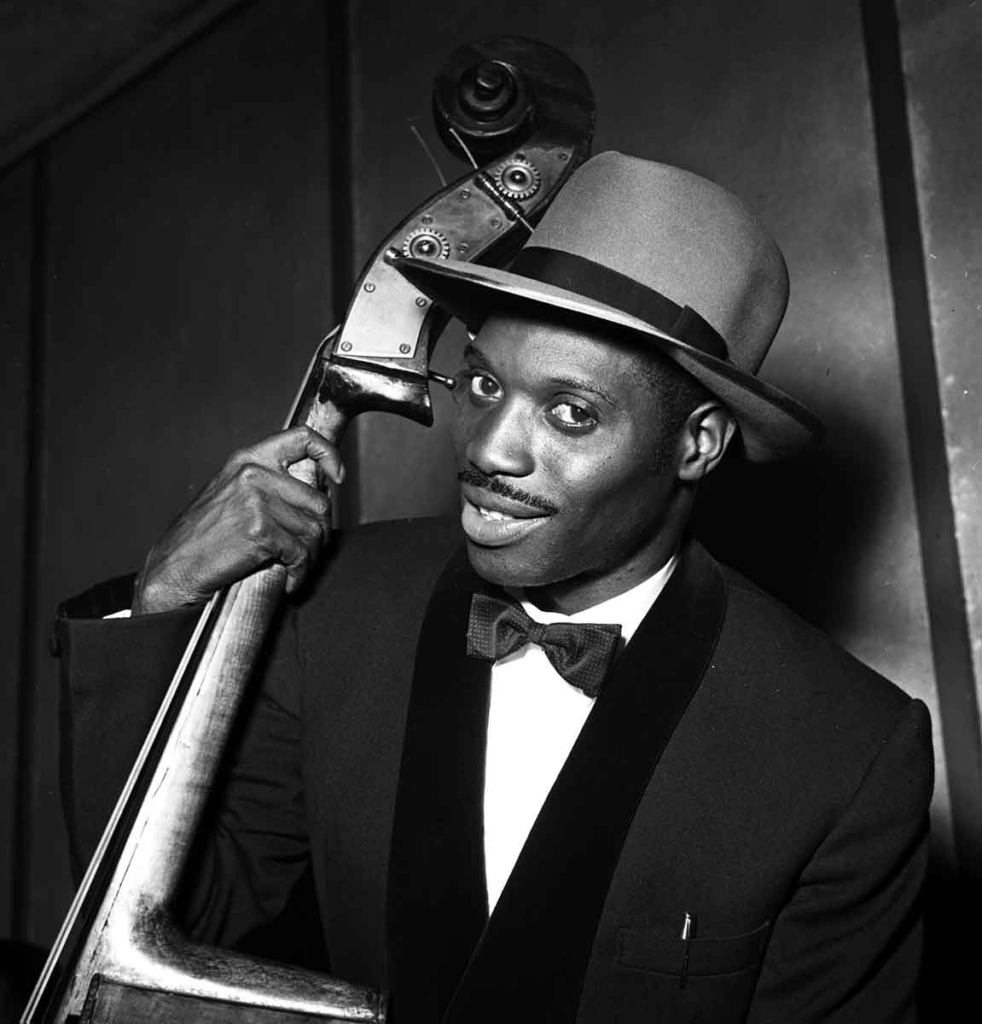
But the history of the area hasn’t always been so harmonious. By 1911 Cardiff’s black and Asian population was second only in proportion to London’s, but was confined only to the dock areas. Rapacious businessmen, just as they have done recently with Eastern European workers, employed foreign men at a lower rate, leading to the Cardiff Seaman’s Strike of June 1911, which became focused on Chinese sailors who were undercutting the locals. After WWI, African, Arab and Asian soldiers and sailors moved into the docks and, even though preference was afforded to white men, a housing shortage raised animosity, compounded by resentment against non-whites who had bought houses and filled them with lodgers.
On June 11th, 1919, white WWI veterans from all over Cardiff and South Wales attacked Tiger Bay. “They wanted to lynch and burn everyone from the docks, no matter the colour,” says Cordle. “So everyone from Tiger Bay barricaded Bute Road at the top and told the police if they come for us we will defend ourselves. Many were ex-servicemen, mainly Somali, Yemeni, Afro Caribbean, and they had guns so held the veterans off for three days.”
And so the community, a constant thorn in the Cardiff council’s side and the rest of south Wales, grew to become one of the UKs toughest neighbourhoods. “It was instilled in you, like pledging allegiance to your neighbourhood,” explains Cordle. “People had respect for Bay-Boys because our mothers taught us that, outside this mile, people look down on us but we should always fight back to earn respect.”
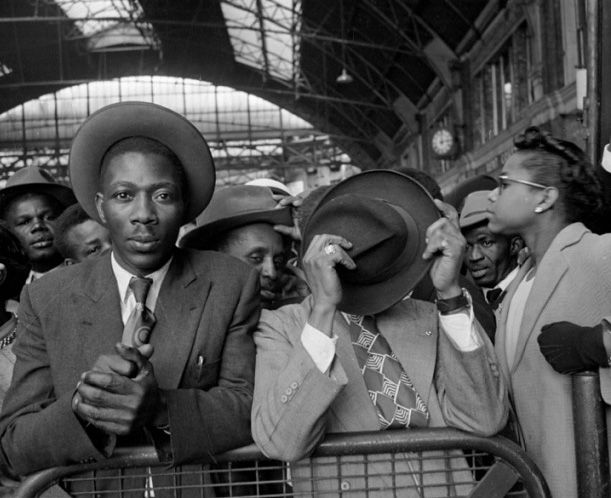
By the 1940s, the community had grown to such an extent that Caribbeans had their own bar/club/restaurant, the Caribbean Cafe on Bute Road. During World War II, Cardiff suffered its own Blitz directed at the docks and Tiger Bay took a battering. Social housing sprang up to accommodate those who had lost their homes while, after the government called for workers to come to the UK from the colonies to fill the employment gap left by the War, West Indian immigrants on ships such as SS Empire Windrush rushed to Cardiff. And, just like Notting Hill, Brixton and the East End of London, the area exploded with vitality, feeding the needs that every port full of itinerant sailors demands. Thus, Tiger Bay became known throughout Wales as a place where you could drink and dance all night, score drugs and meet ladies of questionable virtue.
“There were parties all the time, house parties and shebeens, and illegal drinking joints full of people having fun letting off steam,” laughs Cordle. “This included lots of black GI’s who had never seen black and white people mixing like this. The authorities tried to ban them from the pubs but the locals and landlords refused and welcomed the soldiers with open arms. And they brought the jazz and the dancing, until Tiger Bay was the hottest spot in Wales, very similar to London’s Soho, though not without a certain notoriety and many a raised Welsh Presbyterian eyebrow.”
Tiger Bay is 25 miles south of Merthyr and easily accessible by train. Cardiff was a great place to buy ska, rock steady, reggae and soul records, so I’d go there in the early 1970s with a few quid in hand to source the vinyl. But if you wandered down St Mary’s Street and into Bute Street, you entered into a completely different and entirely alien world that was like a scene from a foreign movie. Suddenly, even on a Saturday afternoon, you’d see pubs full of drunken, brawling, tattooed sailors in woollen hats and pea coats shouting in foreign tongue, while girls in extremely revealing mini skirts and halter tops with big earrings, platforms and wigs hung on street corners. The area was no-go for a Valleys chap, as the docks boys were a rum bunch who didn’t take kindly to us mountain men, and so I rarely ventured down there until much later.
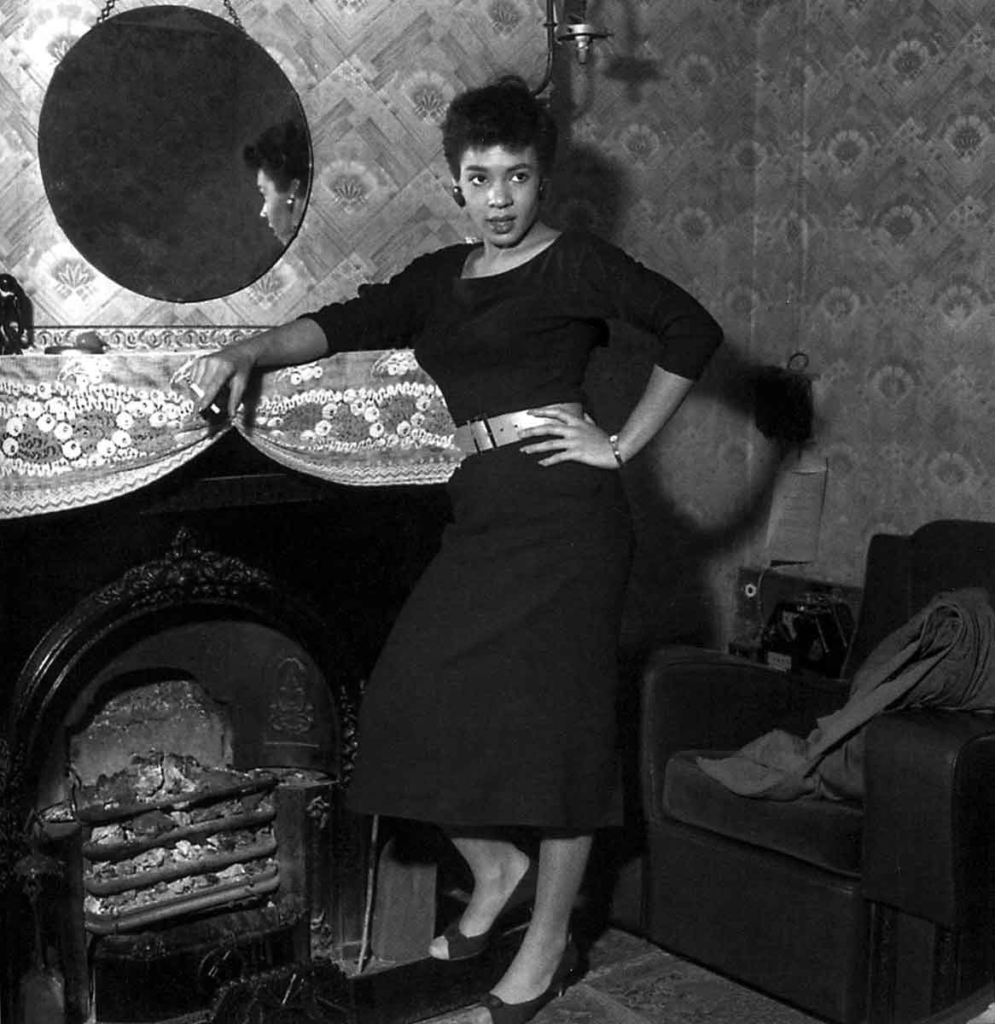
I recall, on my first trip to the area aged just 14 (with a pocketful of birthday money) being propositioned by a tall, beautiful, coffee-coloured lady, who offered to “take my Cherry for only £5”. I was so flummoxed that I dived into The Custom House pub (they’d serve anyone over 14), where I saw a 20-stone African lady jacking off a teenager right opposite the bar, shouting “Shoot the spunk, boy!”
I believe I ran all the way back to Merthyr. Ever since, however, my regret at not parting with my fiver and allowing that beauty to take my cherry still keeps me awake at night, her large brown eyes, crimson lips and white teeth whispering into my ear still echoing in my dreams.
Tiger Bay, AKA Butetown, wasn’t like any place I’d ever visited. A few years after my first visit I became a regular at clubs such as The Casablanca, where Aretha Franklin, Jimmy Ruffin played and I helped promote Spandau Ballet in 1980, and Mel’s both predominantly black music clubs, where I met locals whose ancestors had left the West Indies hundreds of years before.
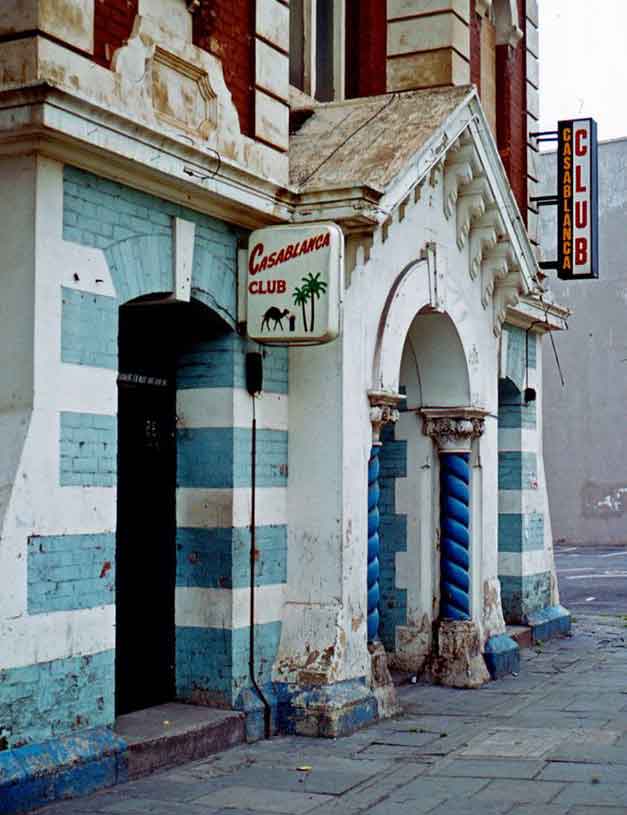
Legend has it that Welsh buccaneers who had fought in the Caribbean under Welsh pirates captains such as Henry Morgan, Hywel Davies and Black Bart in the 17th and 18th centuries often escaped justice by returning home to Cardiff, bringing their black wives and comrades who settled in the fledgling port. No place was more egalitarian in the 18th century; whether black, white, or green with yellow spots, each member of the international crew received his share of booty, divided according to rank and insurance if he’d lost body parts in battle. Many settled in Cardiff, alongside runaways from the slave ports of nearby Bristol and Liverpool.
“There were t least 57 different language-speaking nations in this small area at one time,” says Cordle. “I was in school with kids whose parents or grandparents came from Africa, the West Indies, Latin America, Pakistan, Yemen, Somalia, Morocco, Estonia, Portugal, Italy, Ireland, the Basque territories and Norway. Seafarers from all over the world docked here and hung out in places like the North Star, for prostitutes and seamen only and rough as a butcher’s dog. We were the first community in Wales to have a mosque, and the first in the UK to have a curry restaurant. But it was tough and the women were the toughest. They had to raise children while the husbands went to sea, some dying at sea some never coming back. Tiger bay itself was first demolished in the early ’60s which then became known by locals as Butetown or the docks.”
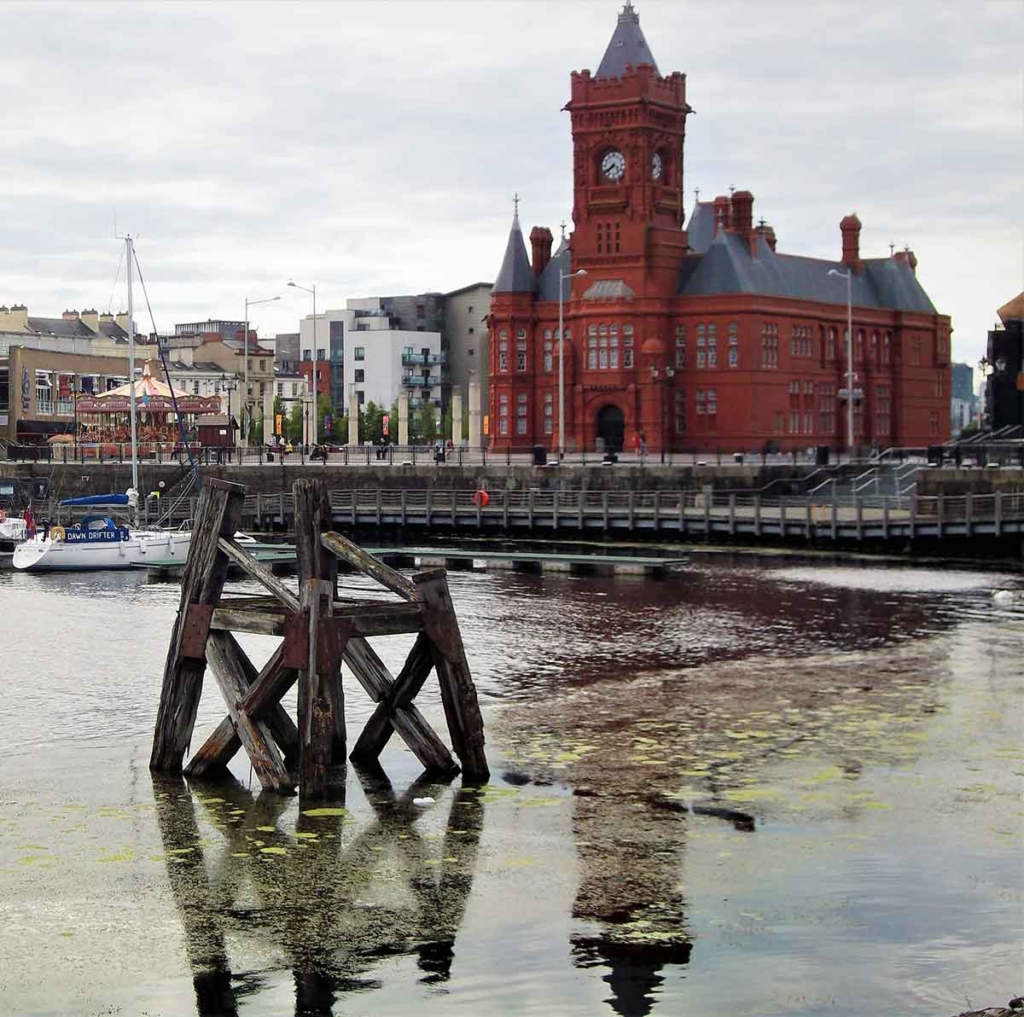
Tiger Bay had such a raucous reputation that the Cardiff authorities tried to destroy it twice, in acts of social cleansing that using that age -old excuse that it was ‘unsafe’ and ‘uninhabitable’. After the 45 streets that comprised Tiger Bay were demolished to create the five streets of Butetown, the decimation continued. Subsequently, they created Cardiff Bay on the back of the construction of the Cardiff Bay Barrage (which impounds the River Taff and the Ely, so visitors can enjoy a 500-acre freshwater lake). Completed in 1999, this was the catalyst for the £2 billion ‘regeneration’ of the former docklands areas of Tiger Bay.
In my humble opinion, said regeneration is just another homogenisation and corporatisation of a once entirely functional and thriving neighbourhood. Many of its great historic pubs with splendid Victorian interiors, such as the Paddle Steamer, The Cardigan, The Custom House and the two Hope and Anchors, have been bulldozed to make way for chain developments and luxury homes, while Butetown remains ignored.
One resident, 23-year-old Elbashir Idris, originally from Sudan, has lived in Butetown most his life. He mentions the wall that runs the entire length of Bute Street: “We call it the Berlin Wall. On the other side of that wall is Atlantic Wharf. It is a much more gentrified area of the ward of Butetown and over there is the seat of power at Cardiff Bay. We feel segregated and marginalised by this wall from the rest of Cardiff. It has made the people of Butetown feel like a separate community. I’m Sudanese but the Caribbean and Yemenis and Somalis are my brothers! This is our fortress that nobody can touch.”
Because Richard Cordle is pure docks – his father is from Bridgetown, Barbados and his mother, the notorious Peggy Farrugia, was half Welsh and half Maltese – I thought he should have the last word on Tiger Bay.
“Butetown was a unique human utopia. In our square mile – whatever you call it, Tiger Bay or Butetown – there existed a racial harmony that was pure heaven, and to this day and when a local passes away we all come back, hundreds of us, and out comes the New Orleans jazz band and we rejoice in out heritage. I am and always will be a Docks Boy.”
This feature first appeared in CHAP Autumn 20


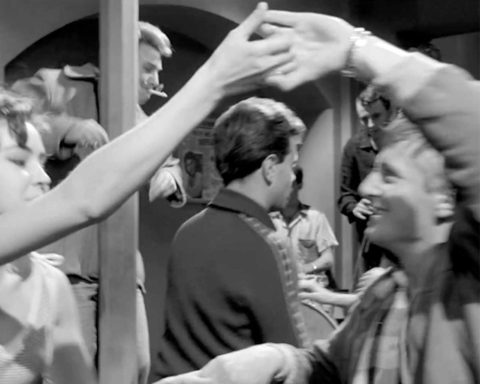
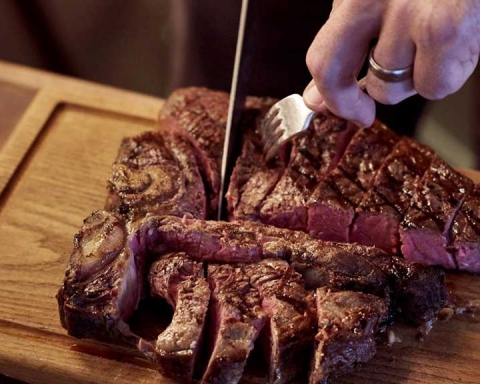
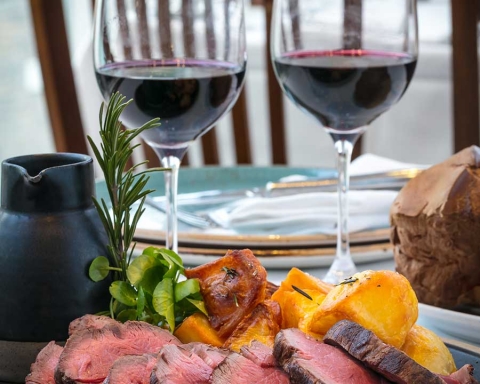

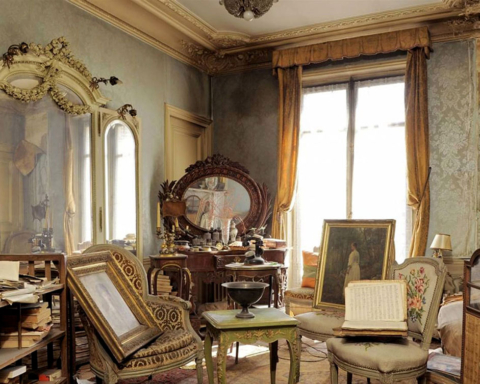
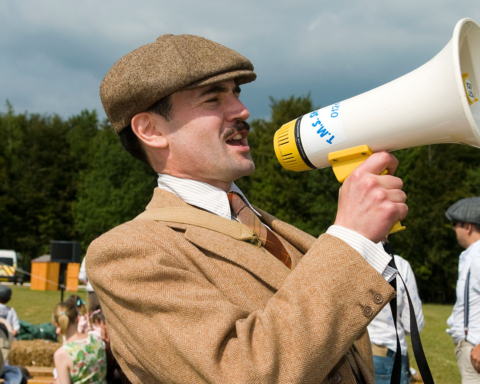
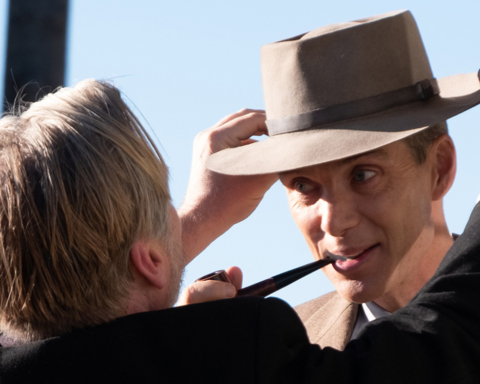
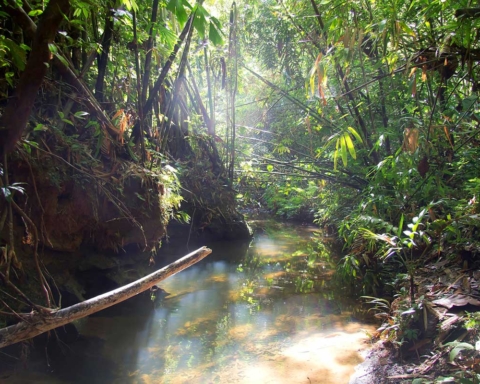
I wonder why you missed out the other bits form the original article – about white veterans from World War One, derived from all over Cardiff and South Wales, attacked the residents of Tiger Bay. An Arab lodging house was burned down, a Somali priest attacked by the mob who also stripped a white woman married to an African man and knocked out her teeth.